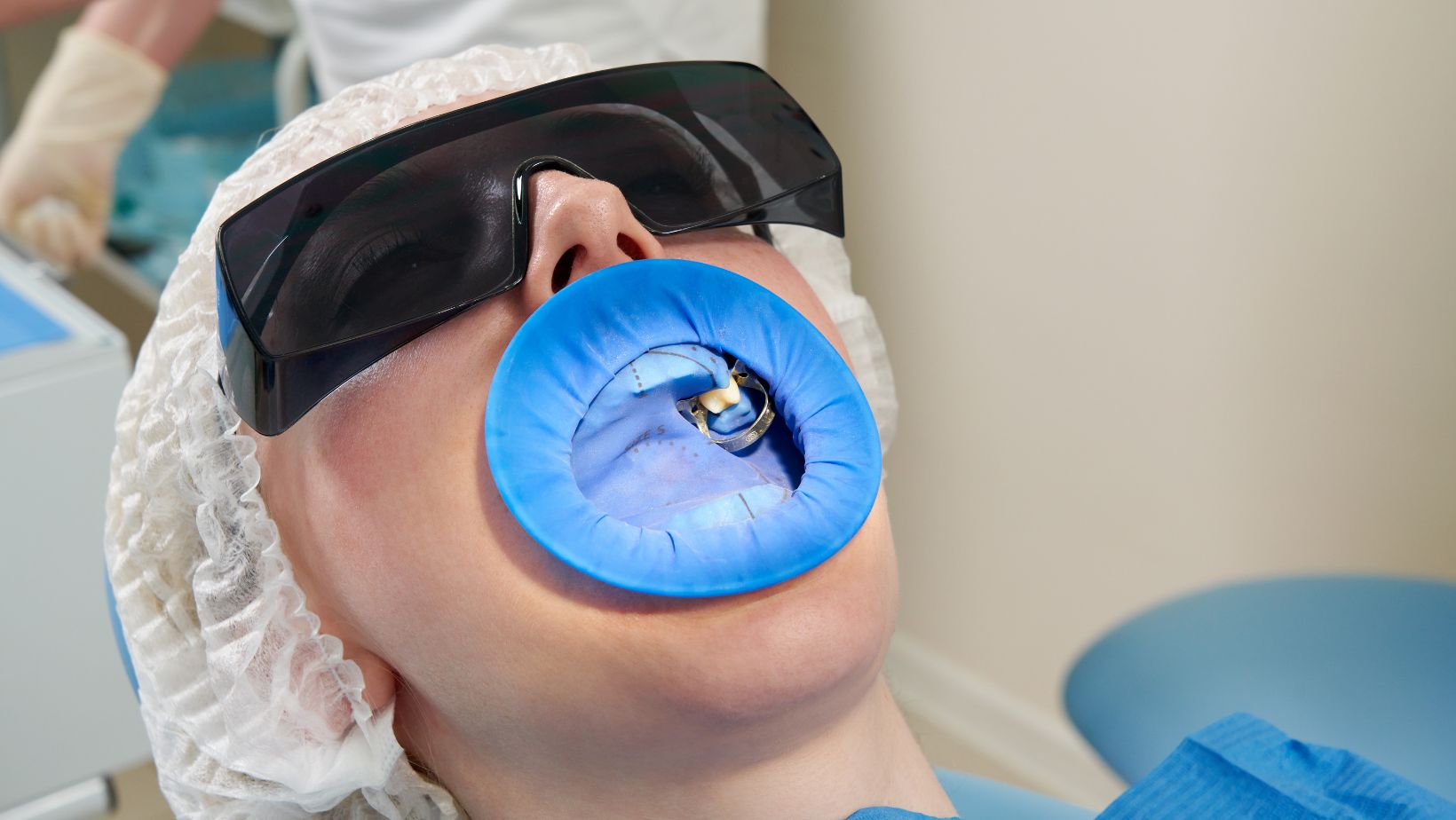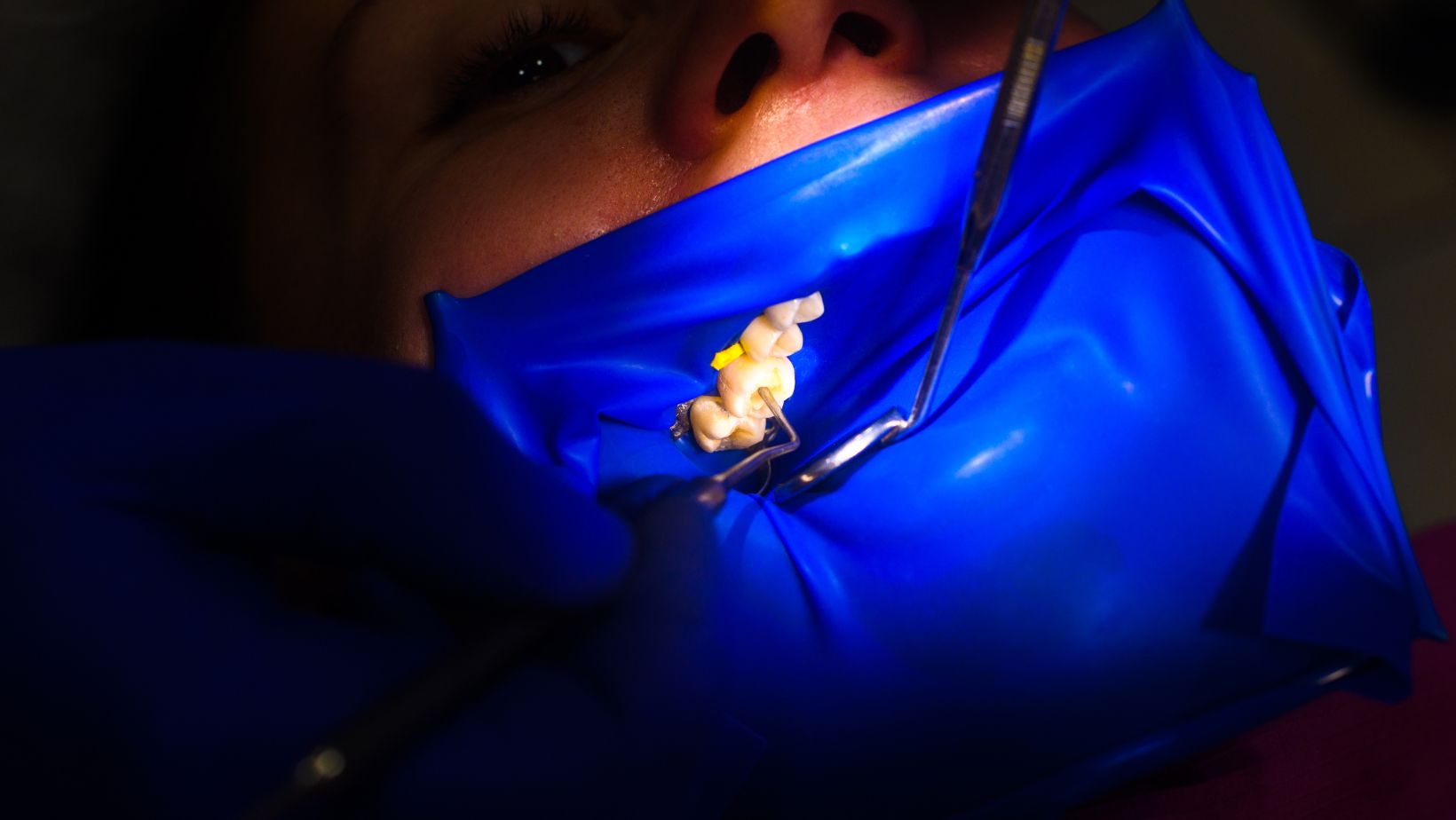How Are Dental Dams Used?

Also known as a rubber dam, a dental dam is a thin square sheet used by dentists to isolate the operative site from the rest of the mouth. It also helps dentists avoid getting in contact with mouth fluid and bacteria spread when working on a particular tooth.
Dental dams are indispensable during orthodontic procedures. In order to avoid incompatibility issues, it is important to identify the best treatment for the patient. Still, advising your patient on the need for a protective dental dam is essential before the operation.
Dentists use dental dams to ensure the safety of the area under operation during a dental procedure. It also helps maintain maximum concentration throughout the procedure. Here is a step-by-step guide on how to use a dental dam.
Identify the Right Dental Dam
There are different types of dental dams that you can order from dentistry suppliers. Thus, it is advisable to consider safety and patient comfort when choosing one. You can select latex or polyurethane material, depending on your operation.
Additionally, you must make your client understand the need for a dental dam and any discomfort they may experience during the operation.
Check for Damages
Inspect the dental dam for damages such as tears or perforations. A damaged dam may transmit infections when mouth fluids and bacteria pass through the perforations.
Prepare and Position the Dental Dam
You must create an opening in the dam to fit the tooth under operation. Therefore, it would help to check the tooth to determine the hole size.
You can use a dam punch to create the desired hole. There are two main types: single-hole and five-hole punches. The single-hole punch creates holes measuring about 1.63 mm or 1.93 mm. Contrarily, the latter can produce five sizes, between 0.5 mm and 2.5 mm. The largest hole is best for molars, while the second-smallest fits all other teeth.
Next, place the hole over the tooth and hold the dam in place with one or more clamps. You will use a frame to stretch the dental dam over your patient’s mouth and lips according to size and placement. The frame provides the required tension while keeping the dental dam stable.
Dental dams come in different colors. Therefore, depending on the procedure and your preferences, you can choose a shade. For example, some dentists prefer bright-colored dental dams to increase the light in the operation area. Others prefer dark dental dams so that the tooth stands out perfectly.
Perform the Dental Procedure
Once you have set the dam in position, initiate the dental procedure. You may need a light source for better visibility.

Furthermore, it would help to have all the necessary materials ready to avoid unnecessary delays that may cause patient discomfort.
Remove the Dental Dam
After the operation, carefully remove the dental dam from the patient’s mouth. First, unclamp the secured areas. Once it’s loose, you can carefully remove it from the mouth, ensuring no residue falls back into the patient’s mouth or your hands. However, if any residue falls into the mouth accidentally, clean it immediately to avoid infections.
Disposing of the used dam requires caution. Dumping a used dam in the open can harm kids, pets, or others. Burning or disposing of used dams in the biohazard waste bin is advisable.
Protects Practitioners
A dental dam protects practitioners from excessive exposure to oral fluid or blood from a patient’s mouth.
Also, a dental dam is more accurate at isolating specific teeth for a procedure. It ensures a clean and dry area to work in. Since the dental dam holds the mouth open, more light reaches the area under operation.
Prevent Contamination of the Site
A dental dam separates the tooth from the bacteria in the patient’s mouth, which reduces the chances of an infection in the treated tooth. While disinfecting the tooth, precautions are advisable to prevent re-infection. The patient needs protection from the germs present in their mouth.
Safer Dental Care
Dental dams reduce the chance of bleeding, protecting the patient and the dentist.

The dam also protects the patient’s gums, mouth tissues, and lips from cuts during the operation.
Moisture Control
Saliva in the mouth may affect some dental restorative materials. Dental dams provide a moisture-free, uncontaminated environment that allows these materials to function optimally. As a result, you can rest assured of better restoration or procedure results.
Root Canal Treatment
During a root canal treatment, a dental dam protects the airways and tissues from irritants used during the treatment. A dam prevents distraction from other mouth parts like the tongue.
-
Personal Finance8 months ago
How Do I Find My UCAS ID Number?
-
Success6 years ago
Consistency: The Key Ingredient to Success
-
Uncategorized8 months ago
What Does Conditionally Approved Mean For An Apartment?
-
Motivation3 years ago
How To Become a More Organized Person?
-
Others4 years ago
Work Health and Safety: 8 Reasons to Maintain a Clutter-free Office
-
Entrepreneurs4 years ago
Why Diversity is Key in Business Marketing
-
HK Pools8 months ago
The HK Pools Forum Comunity Jos Markotop 2D Warna Kuning – A Great Way to Stay Connected
-
Sport1 year ago
What Makes Soccer Betting So Great?



























